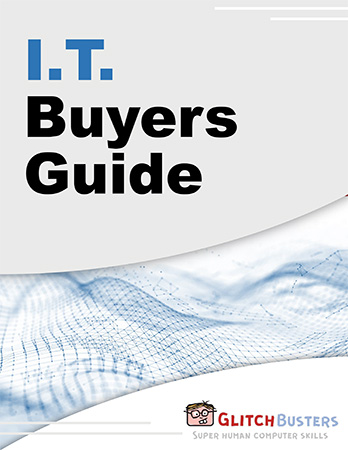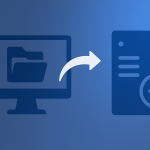Flawed Application Logic: The Hidden Business Weak Spot
Most business owners think of cyber risks in terms of hackers stealing passwords or viruses shutting down systems. However, there are other dangers, including flawed application logic. Your business relies on applications, ...



